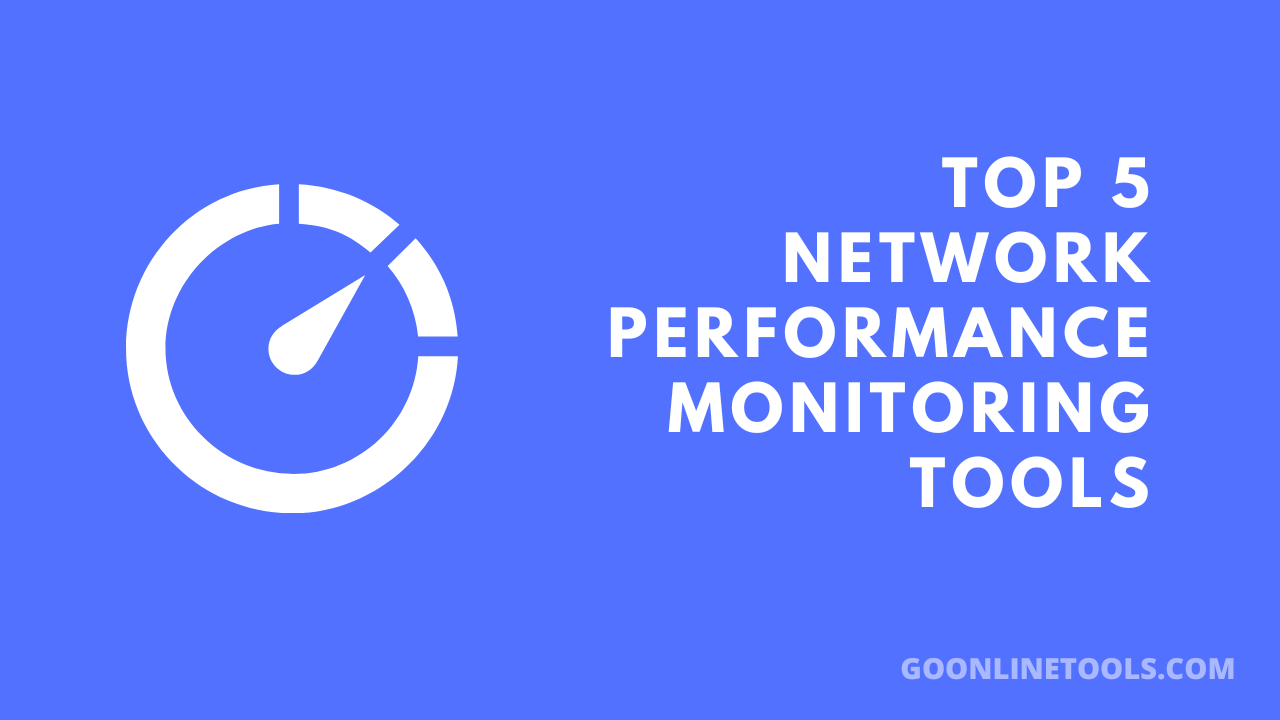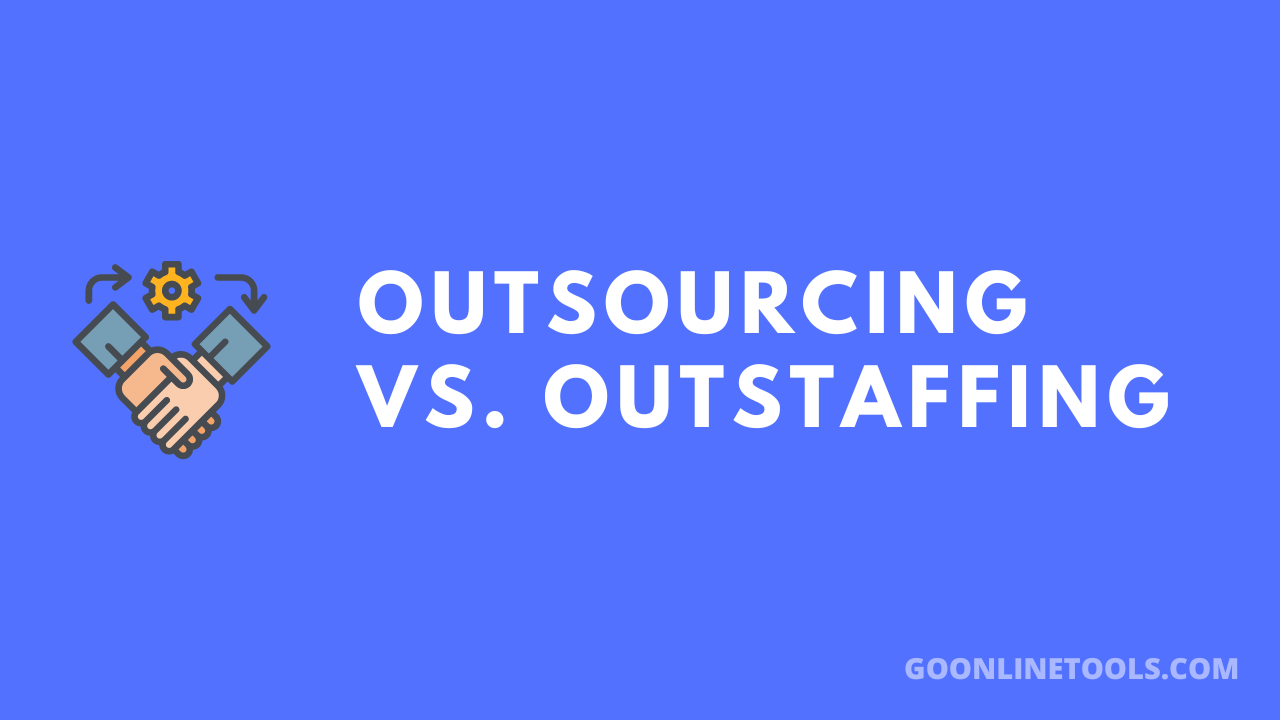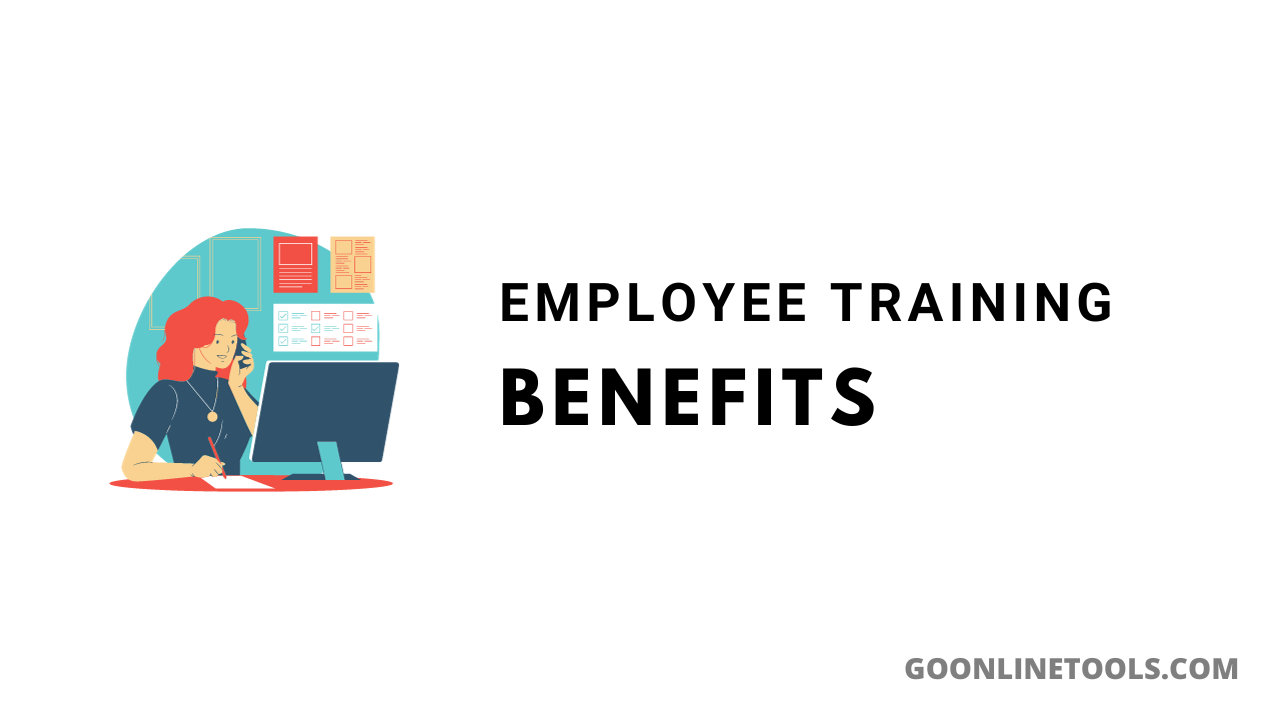
Featured image for "5 Amazon Seller Tools You Need in 2025 (and Why Review Protection Tops the List)"
Selling on Amazon in 2025 is less about one clever trick and more about a coordinated stack of tools that protect your store while you scale. Shoppers expect reliable information, and Amazon’s systems reward consistent performance. That makes reputation management a top priority. A single damaging review or a sudden spike in negative sentiment can hurt conversion, rank, and buyer trust. Protecting reviews is not optional anymore. It is an important part of any seller’s operational toolkit.
In the following sections, I will describe five essential tools; I’ll discuss what each tool does, and I’ll demonstrate how they can integrate with each other. I also include practical steps you can take this week to lock in results. If you sell on Amazon and want to build predictable revenue with less firefighting, start here.
1. Review protection and reputation management
Why does it lead the list?
Reviews drive both buyer decisions and ranking signals. Whether unflattering reviews build up over time or come in one sitting with a sudden burst, conversion rates will drop or stall, and listings will lose organic momentum. Looking into 2025, we will need to continuously monitor reviews and receive quick alerts for newly published reviews so we have constant visibility and know exactly how to remediate.
What should a good tool do?
- Monitor new reviews across all SKUs in real time.
- Flag sudden increases in negative sentiment or unusual review velocity.
- Provide escalation options, from formal dispute templates to takedown requests.
- Offer hands-on remediation when needed.
Practical use case
Set daily alerts for your top SKUs, and define a simple escalation workflow: identify the review, check order data for authenticity, respond publicly if appropriate, and submit a removal or dispute request when policy violations are clear. For serious cases, pair monitoring with a dedicated negative review removal service that can handle the heavy lifting. That combination gives you early warning plus an actionable path to clean up harmful content.
2. Listing optimization and keyword intelligence
Why it matters
Visibility still starts with keywords, but quality matters more than ever. Listings must match buyer intent and read clearly on mobile. Modern tools do more than surface keywords. They score content for conversion, check image sequence, and suggest structural fixes.
What to look for
- High-intent keyword suggestions backed by conversion metrics.
- Competitor gap analysis to find low-competition opportunities.
- Readability and conversion scoring for titles, bullets, and descriptions.
How to act this week
Run a quick listing audit for your top three SKUs. Fix the title for clarity and intent, tighten the top three bullets to focus on benefits, and reorder images to tell a use-case story. Track CTR and conversion changes for four weeks after those edits.
3. Automated review and feedback funnels
Why it matters
More positive, legitimate reviews make your listings resilient. A compliant feedback funnel increases review volume without risking policy violations. The difference between random review requests and a structured funnel is consistency and scale.
Tool features that work
- Policy-compliant messaging templates.
- Buyer segmentation, so you ask the right people at the right time.
- Performance tracking so you can iterate on message timing and copy.
Quick setup tip
Implement a three-step sequence: delivery confirmation, a short follow-up after product use, and a final friendly ask for feedback. Keep messages focused on helpfulness, not incentives. Measure response rates and tweak copy based on product type.
4. Product intelligence and competitor tracking
Why sellers need it
Knowing when a competitor changes price, swaps images, or launches a variant lets you act before you lose the buy box or rank. Real-time alerts and historical trends are the difference between reactive and proactive management.
What to expect
- Price and listing edit alerts.
- Historical trend charts for seasonality and competitor moves.
- SKU-level profitability calculators.
Actionable play
Use triggers to put tactical actions in place: for a short period of time, adjust price, increase ad spending for a week, or offer a small promotion to re-establish momentum. Use trend observations in conjunction with inventory expectations so you never find yourself out of product at an important time.
5. PPC automation and performance analytics
Why it’s essential
Manual PPC management burns time and often misses signals. Automation paired with clear analytics frees you to focus on strategy. The goal is not to stop manual involvement, but to automate routine rules and surface opportunities.
Key features to adopt
- Bid automation tied to ACOS and ROAS thresholds.
- Search term mining to find converting keywords.
- Placement and daypart reporting to trim waste.
Start small
Automate bids for long tail terms with consistent performance and keep testing manual strategies for high-volume keywords. Review automation rules weekly, not monthly, during high season.
How these tools fit together
A strong toolset is integrated, not siloed. Insights from one tool should inform others. For example:
- A spike in negative reviews should trigger a listing audit and a short PPC push to stabilize conversions.
- Keyword intelligence should shape your feedback funnel language and A+ content.
- Competitor price drops should trigger short-term ad budget increases and inventory checks.
Think of the stack as a feedback loop: monitoring and protection reduce risk, optimization increases conversion, feedback funnels grow authentic reviews, and PPC and competitor tools amplify what works.
Implementation checklist you can follow this week
- Enable review monitoring for top SKUs and set daily alerts.
- Run a listing audit and fix the top three conversion blockers.
- Implement a compliant three-step review request sequence.
- Turn on competitor price and listing alerts.
- Automate a small set of PPC rules for long tail keywords.
- Schedule a weekly 30-minute review meeting to act on alerts and tests.
Measuring impact and ROI
- Review protection: prevents sudden conversion drops. When it catches coordinated attacks, it can save weeks of lost revenue.
- Listing fixes: expect measurable conversion lifts in 2 to 6 weeks.
- Feedback funnels: build review volume and buyer trust over months, improving conversion and organic rank.
- PPC automation: typically reduces wasted spend within 30 days if rules are tuned.
Common pitfalls and how to avoid them
- Dependence upon one option. Use a few best-in-class products that can integrate, rather than putting faith into one add-on that claims to do everything.
- Ignoring data flow between tools. Create simple handoffs so review alerts lead to listing audits and PPC actions.
- Noncompliant review requests. Follow Amazon rules to avoid account risk.
Final thoughts
In 2025, Amazon success combines offense and defense. Offense includes listing optimization and targeted advertising. Defense starts with reputation protection and monitoring. A proactive review protection strategy paired with the right stack reduces risk and frees you to scale.
If you do one thing this week, set up review monitoring for your top SKUs and define a one-page workflow for handling negative reviews. Pair that with a short listing audit, and you will protect current revenue while creating room for growth. If you want, I can draft a one-page workflow template you can implement in under an hour.
Anna leverages her expertise in AI and marketing to craft engaging, impactful content that resonates with audiences and drives results.
View all articles




